- Product
- Solution for
For Your Industry
- Plans & Pricing
- Company
- Resources
For Your Industry
Price sensitivity is one of the most critical concepts in consumer behavior, influencing the way customers respond to price changes and determining purchasing decisions. Understanding how consumers react to price fluctuations is essential for businesses aiming to optimize their pricing strategies, drive revenue, and stay competitive. In this article, we’ll explore the concept of price sensitivity, its impact on business success, and how companies can use it to set optimal prices in the marketplace.
Price sensitivity is more than just a metric; it’s a powerful lever that can help businesses refine their strategies. When done correctly, pricing can become a key differentiator that drives customer loyalty, increases market share, and boosts profitability. However, a misstep in understanding price sensitivity could lead to lost sales, reduced margins, or even customer churn. Let’s dive deeper into how price sensitivity works and how businesses can use it to their advantage.

Price sensitivity refers to the extent to which the price of a product or service influences a consumer’s purchasing behavior. It measures how price changes—whether an increase or decrease—affect consumer demand. If a consumer is highly sensitive to price, even a slight increase can cause them to reconsider their purchase. Conversely, consumers with low price sensitivity are less affected by price changes.
Price sensitivity is not just a simple factor that influences consumer decisions; it’s a nuanced variable that interacts with several other forces. Consumers might become more price-sensitive based on their level of need for the product, their financial situation, or even their perception of its value. Products with high price sensitivity, such as essential items or commodities, are often affected by price changes, whereas luxury items and specialized products, which cater to a more exclusive market, may experience less price sensitivity.
This is why understanding price sensitivity is crucial. It allows businesses to tailor their marketing and pricing strategies in ways that maximize consumer purchase intent while protecting margins.
Price sensitivity plays an integral role in consumer behavior, and it’s essential to understand how it drives decisions. Consumers’ willingness to pay is often shaped by their perception of value. For instance, if a customer perceives a product as being high quality or providing significant value, they may be willing to pay a premium, even if a cheaper alternative exists.
However, for everyday products, customers may switch based on price differences, especially when the perceived value of alternatives is comparable. This is evident in industries like retail, grocery stores, and even online marketplaces like Amazon, where shoppers can easily compare prices for similar products.
Businesses must recognize these differences in consumer behavior based on product type and customer demographics. Knowing which segments of your target market are more or less price-sensitive will allow you to adjust your approach and pricing more effectively.
Several factors determine how sensitive consumers are to price changes. These include:
Economic conditions play a major role in shaping price sensitivity. During times of economic prosperity, consumers tend to spend more freely, and price sensitivity typically decreases. However, during economic downturns or periods of financial uncertainty, consumers become more cautious with their spending, which increases price sensitivity.
For example, during the global financial crisis of 2008, many consumers turned to discount retailers and began comparing prices much more vigorously. Similarly, in the aftermath of the COVID-19 pandemic, many households saw their disposable income shrink, and price sensitivity surged across many industries. Understanding the current economic climate helps businesses make timely adjustments to their pricing strategy to ensure that consumers still view their products as affordable.
The type of product or service being sold greatly influences how sensitive consumers are to price changes. Products that are considered necessities—such as food, medicine, or household supplies—are often more price-sensitive. Customers may compare prices across different stores or brands to find the most affordable option.
Conversely, products that offer unique value, such as high-end electronics or designer clothing, tend to face less price sensitivity. These customers are often driven by brand reputation or product features, which make them less likely to switch based on a price difference. Understanding whether your product falls into the category of a “need” or a “want” will help you determine how much flexibility you have in your pricing strategy.
Brand loyalty is a key factor in price sensitivity. Customers who have strong preferences for a particular brand are often willing to pay a premium for its products, even when competitors offer similar products at lower prices. For example, Apple’s loyal customer base is less likely to switch to a different brand even when faced with cheaper alternatives.
Perceived value is also closely tied to brand loyalty. If customers believe a brand offers superior quality or benefits, they may be less sensitive to price changes. Therefore, creating and maintaining a strong brand identity can help businesses reduce price sensitivity and protect their margins.
The level of competition in the market directly affects price sensitivity. In markets with a high level of competition, consumers tend to be more price-sensitive as they have more options to choose from. Conversely, in monopolistic or niche markets, businesses have more freedom to set higher prices without worrying too much about losing customers to competitors. However, this doesn’t mean companies should ignore price sensitivity altogether; rather, it’s important to balance competitiveness with the value being offered.
Accurately measuring price sensitivity is crucial for businesses to optimize their pricing strategies. Here are a few effective methods:
The Price Sensitivity Meter (PSM) is a popular tool used to gauge consumer reactions to different price points. By presenting a range of prices, companies can identify the price that customers feel is “too cheap,” “too expensive,” and “just right.” This method helps businesses find the optimal price point for their products and services.
Conjoint analysis is a statistical technique that helps businesses understand how customers make trade-offs between price and other product attributes. By analyzing consumer preferences, businesses can identify the combination of features and prices that will maximize sales and customer satisfaction.
By examining historical sales data, businesses can assess how past price changes have impacted demand. This data-driven approach helps businesses predict the price elasticity of demand and forecast how future price adjustments will affect sales.
Understanding price sensitivity is vital for setting competitive prices. In markets with numerous alternatives, price sensitivity becomes a more significant factor as customers have multiple options to choose from. In these environments, businesses must continuously monitor competitors’ prices and adjust their pricing strategies accordingly.
To use price sensitivity effectively, businesses should analyze competitor pricing and assess how their own products compare. By understanding where competitors have priced their offerings, businesses can adjust their prices to ensure they remain competitive without compromising profit margins.
Price elasticity measures the responsiveness of consumer demand to price changes. In highly competitive markets, businesses may have to be more sensitive to price fluctuations, as even slight increases in price can lead to significant drops in sales. On the other hand, in markets with few competitors, businesses may have more pricing power, as consumers have limited alternatives.
Budget airline Ryanair has mastered the art of dynamic pricing. By using data analytics to understand customer demand, Ryanair adjusts its flight prices in real-time based on factors like booking time, demand, and competitor prices. This flexible pricing model has enabled Ryanair to maintain its status as one of the most competitive airlines in Europe.
In stark contrast, luxury brand Rolex offers a product that exhibits low price sensitivity. Despite offering high-end watches at premium prices, Rolex customers are willing to pay the high prices due to the perceived value, exclusivity, and craftsmanship associated with the brand. Understanding this, Rolex can maintain its prices and still attract a dedicated clientele.
To successfully manage price sensitivity, businesses can implement various strategies:
Dynamic pricing involves adjusting prices based on real-time market demand, competitor prices, and other market conditions. For example, e-commerce platforms like Amazon use dynamic pricing algorithms to adjust the price of products depending on customer interest and competitor prices.
Using big data and AI, businesses can implement personalized pricing strategies tailored to individual customers. By analyzing a customer’s purchase history, browsing behavior, and preferences, companies can offer custom prices that align with their willingness to pay.
Offering bundles of related products or discounts can effectively reduce the impact of price sensitivity. For example, many fast-food restaurants offer meal combos at a reduced price, encouraging customers to purchase more by providing perceived value.
Price sensitivity directly impacts profitability. Companies that understand their customers’ price sensitivity can price their products strategically to maximize revenue without losing customers. By balancing price and demand, businesses can optimize profits and increase customer loyalty.
Advancements in AI, machine learning, and big data analytics have revolutionized how businesses analyze price sensitivity. With real-time data tracking, companies can respond to changes in consumer behavior faster and more effectively than ever before. Predictive analytics and pricing optimization algorithms can help businesses forecast demand and adjust prices in real-time.
At tgndata, we specialize in providing businesses with the tools and insights needed to understand and leverage price sensitivity effectively. As the No. 1 competition pricing data provider, our solutions help companies track real-time competitor pricing and optimize pricing strategies based on accurate data.
Our advanced pricing intelligence tools allow businesses to:
Price sensitivity is an essential factor in developing effective pricing strategies. By understanding how price impacts consumer behavior, businesses can set competitive prices that attract customers while maintaining profitability. Whether through dynamic pricing, personalized strategies, or competitive data analysis, businesses can use insights from price sensitivity to stay ahead of the curve and drive success.
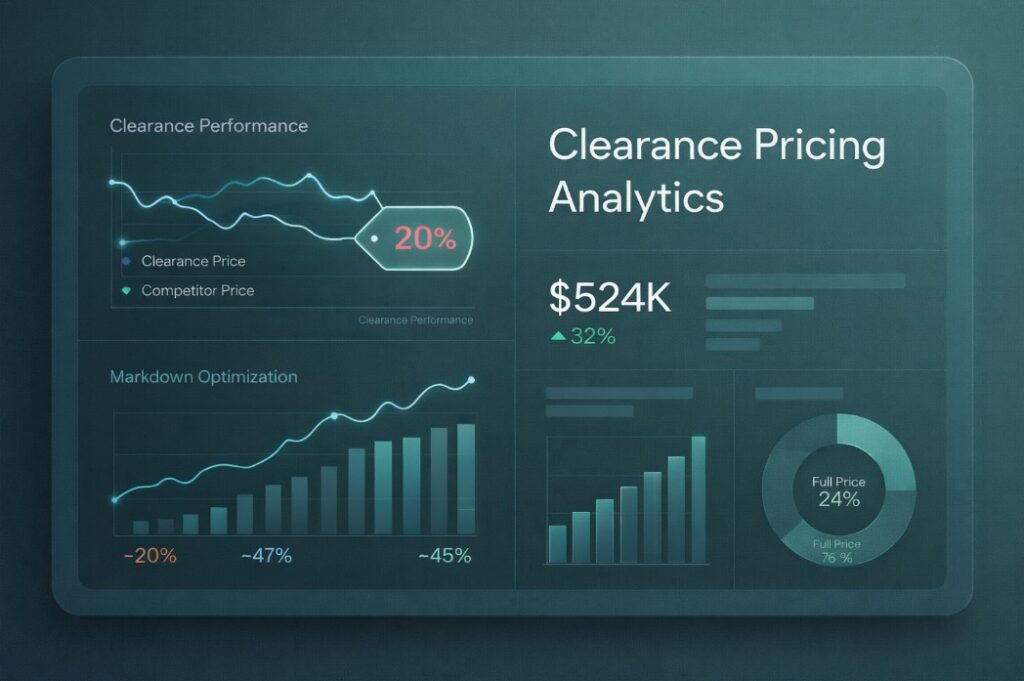
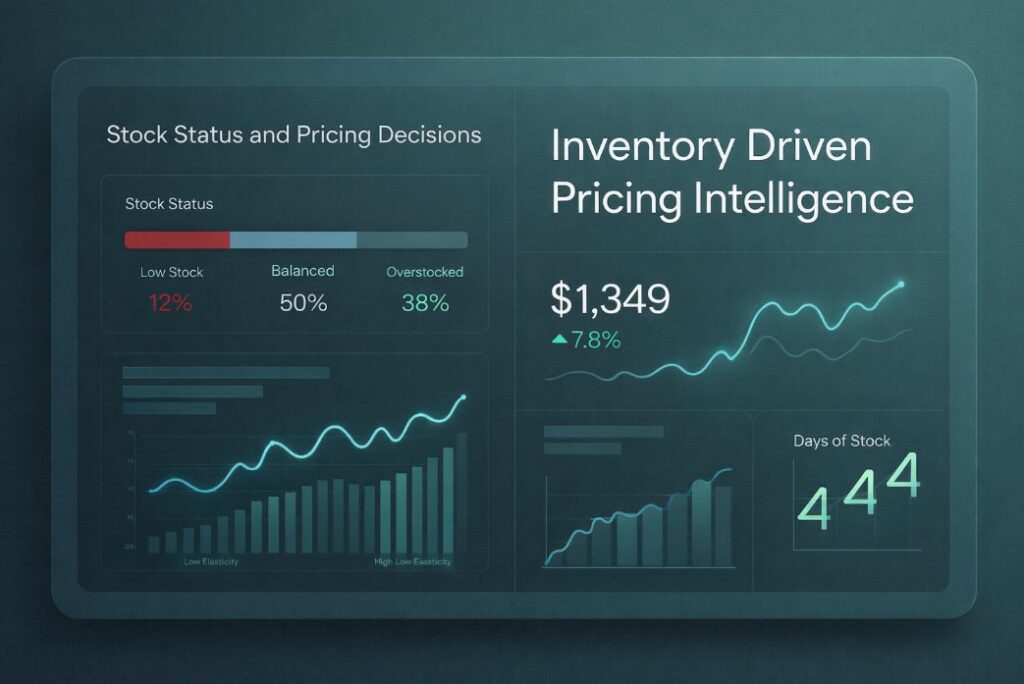
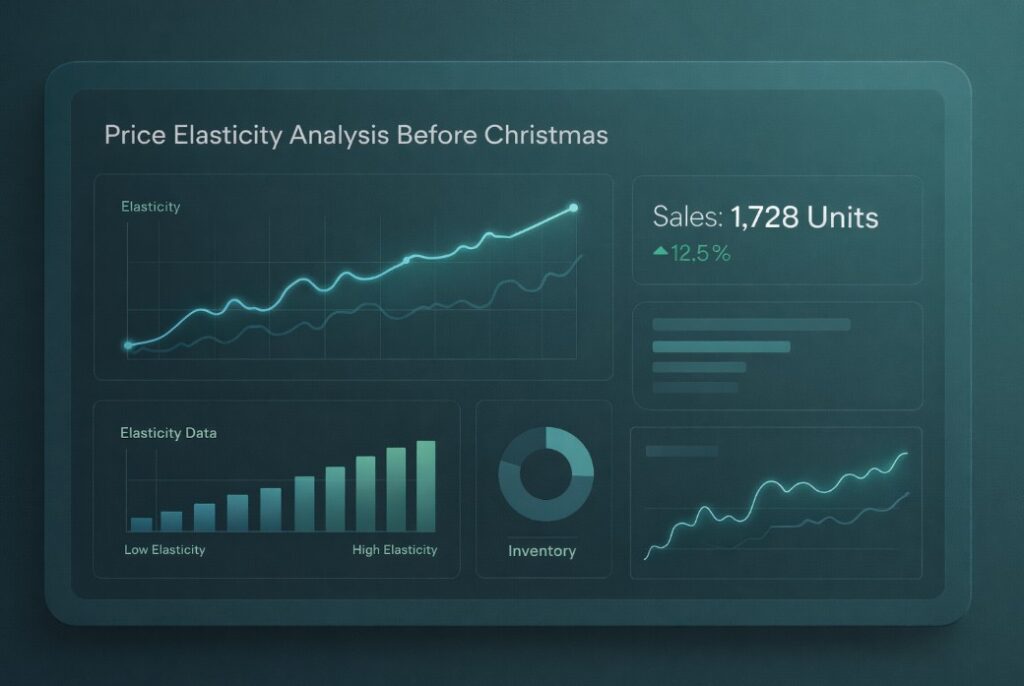
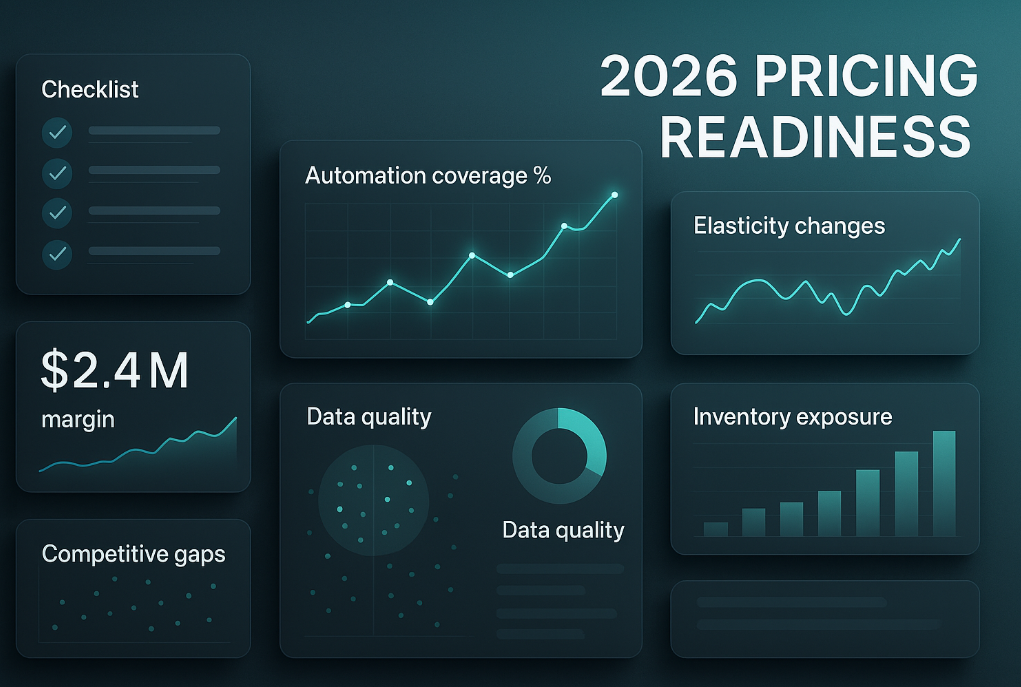
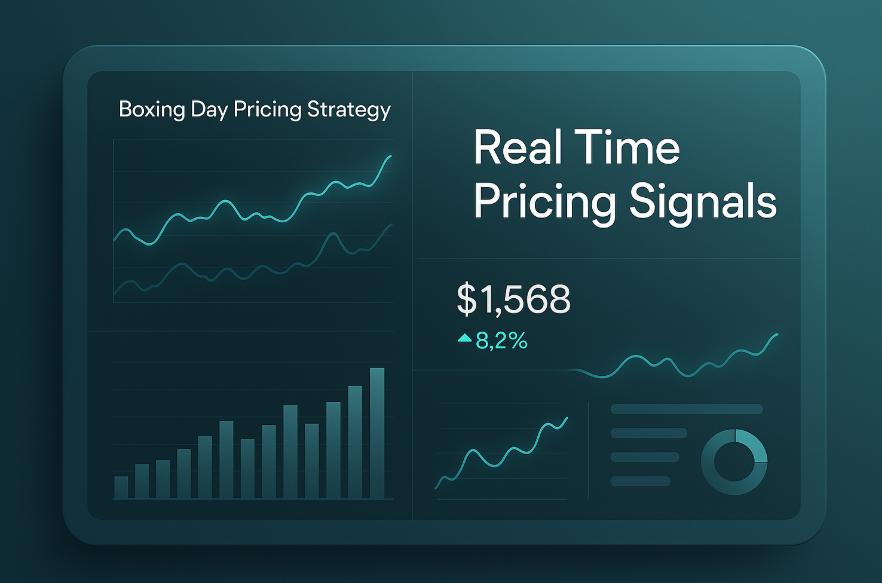
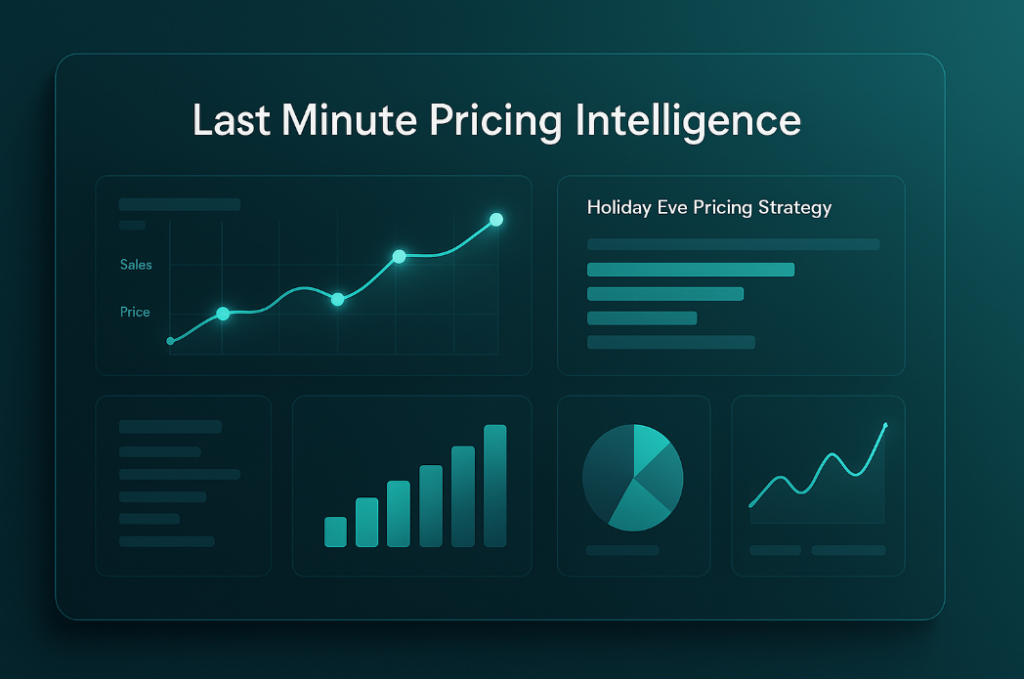







Missing an important marketplace?
Send us your request to add it!